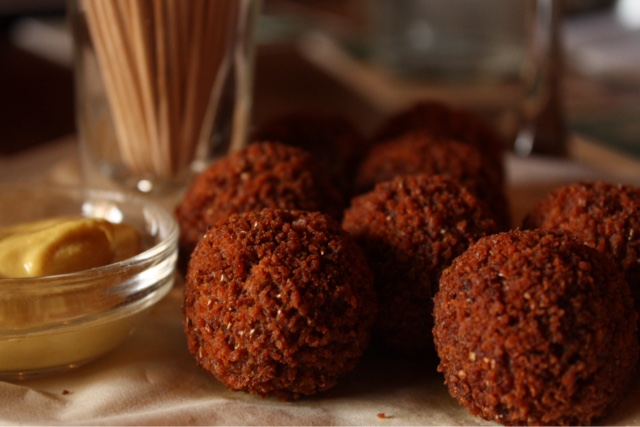The Hague, the Netherlands
The Hague is a lovely city, but one we had not initially planned to visit. From Delft we intended to drive straight to Amsterdam, yet we discovered one crucial fact.
The Goldfinch by Carel Fabritius was on display at the Mauritshuis in Den Haag. I happened to see it on a postcard and after finding out about the other masterpieces there, we changed our course and were there the next day. The only reason I know about the Goldfinch is because of a novel by Donna Tartt, which seems to elicit either love or loathing in readers, and never a middle ground. You may guess that I fall into the former category, and I wanted to see the eponymous painting for myself.
I learnt a lot. Fabritius was a student of Rembrandt, though unlike others he developed a style of his own. Tragically, he died before his time in the1654 explosion of the gunpowder magazine in Delft. His studio along with much of his work was destroyed, and only thirteen of his paintings survive.
Mauritshuis is a collection of masterpieces. Rubens' painting of a boy and an old woman captures candlelight so well that for a second your eyes can deceive you into thinking the candle is flickering. I think he may have been showing off his skills with this one.
The museum holds several wonderful works by Fabritius' teacher. It was here I discovered a new phrase: "tronie". A portrait illicits the idea that a person commissioned and sat for the artist, but sometimes an artist would paint a fictional person. This was the case for Rembrandt's Mustachioed Man in a Flamboyant Hat (I made that title up, but it was similar).
We got to see Girl With a Pearl Earring by Vermeer, who I greeted by saying "I've heard so much about you." She is also a tronie! I had no idea. As Vermeer's style has comparable features to Fabritius, it is theorised that he was his teacher (or at least an influence), while some say that Vermeer taught himself. It's a prestigious series of painters if Vermeer was a pupil of Fabritius who was a pupil of Rembrandt.
I want to show you so many awe-striking works of art, but I fear this post would start to look like a guide to the museum. Instead, I'll show you a floral still life (with a bee if you look closely). Still lifes were numerous at Mauritshuis, as they were a great way for artists to develop their styles and practice different shapes and colour schemes.
Another gallery I wanted to visit in Den Haag while we were there was the Escher in Het Paleis Museum. I found this information board particularly interesting, as it shows three important parts of M.C. Eschers work: nature, perspective and reflection. In his early years, he mainly focused on nature and landscapes, influenced by his travels in Italy and Spain. The Alhambra in Grenada played a key role in shaping the development of his geometric style.
Even in his early years, the work is top notch. Next to this completed palm was a sketch of an idea for improvements. It's fascinating to see how he warps reality slightly (this was before his actual reality-bending era), the fronds perfectly spaced with a circular pattern behind.
Escher mainly used lithographs and woodcuts to produce his art, though he did use mezzotint a couple of times with masterful success. I had never heard of the method before, which involves smoothing a rough metal plate in areas to create darker and lighter tones, but it produced amazingly intricate pictures. I was so stunned by his mezzotint of a water droplet enhancing the patterns on a leaf's surface that I forgot to take a photo.
We saw many famous artworks, including Belvedere (above), Drawing Hands, and several tessellations (repeating patterns, such as the geese becoming farmland). I enjoyed seeing the difference in his early and later works and how he twisted reality. A quote of his:
"Even if we stick to the convention that a wall or a piece of paper is flat, it remains a curious thing that we conjure up illusions of three-dimensionality on such flat surfaces, and have done so from time immemorial, as if it were the most normal thing I the world. Isn't it really a bit absurd to draw a few lines and then say 'This is a house'?"
His house drawings aren't your usual house, though, are they?























































